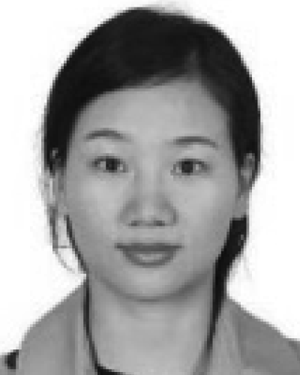I. Introduction
The vehicle-track coupling system is a complex dynamic system with strong coupling, multi-parameter, nonlinear, time-varying parameters, and uncertain factors. In order to realize the analysis and evaluation of vehicle operation status, it is the key to build a high-precision mapping model of vehicle system. At present, vehicle system modeling methods can be divided into mechanism modeling and data-driven modeling. In mechanism modeling [1], [2], [3], due to the complex wheel-rail spatial coupling relationship, the calculation of wheel-rail contact force and creep force in the vehicle-track coupling system, the long-distance dynamic simulation is extremely time-consuming and expensive. However, the long-distance dynamic simulation is an indispensable part in the actual research process, such as the research of wheel polygon wear, fatigue life of high-speed railway axles, and other fields. Cai et al. [4], [5], in order to analyze the trend of polygon wear, established a vehicle-track coupling dynamics model for polygon wear, and the evolution law of wheel polygon was simulated respectively when the vehicle traveled 550km and 33000km. Wu et al. [6] established a multi-body dynamic model of railway vehicles. The model considers the gearbox shell and wheelset as flexible, and the dynamic stress change of the gearbox with a running mileage of 140000km is simulated. Hu et al. [7] simulated the fatigue load spectrum of the Beijing-Tianjin line for about 30 minutes through multi-body dynamics simulation, which is used for the fatigue damage and residual life estimation of axles. For similar research fields, the calculation time of the simulation model established by the vehicle internal mechanism is as long as ten hours or even several days, which limits the research in related fields to a certain extent.





